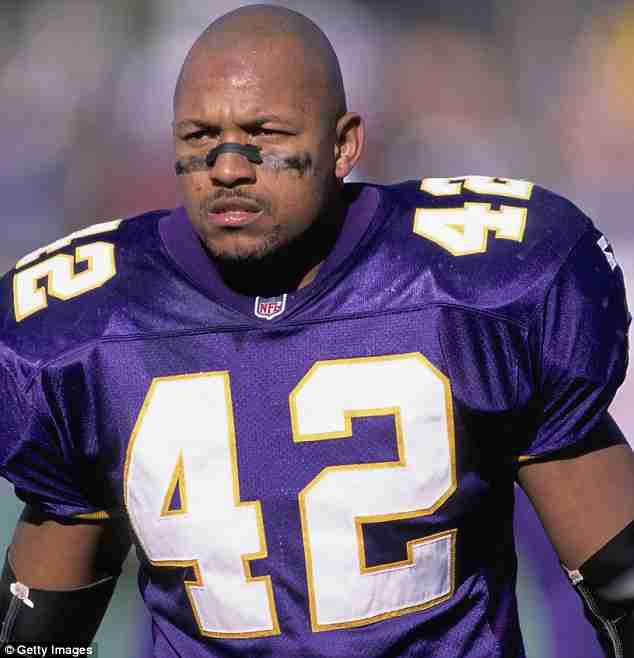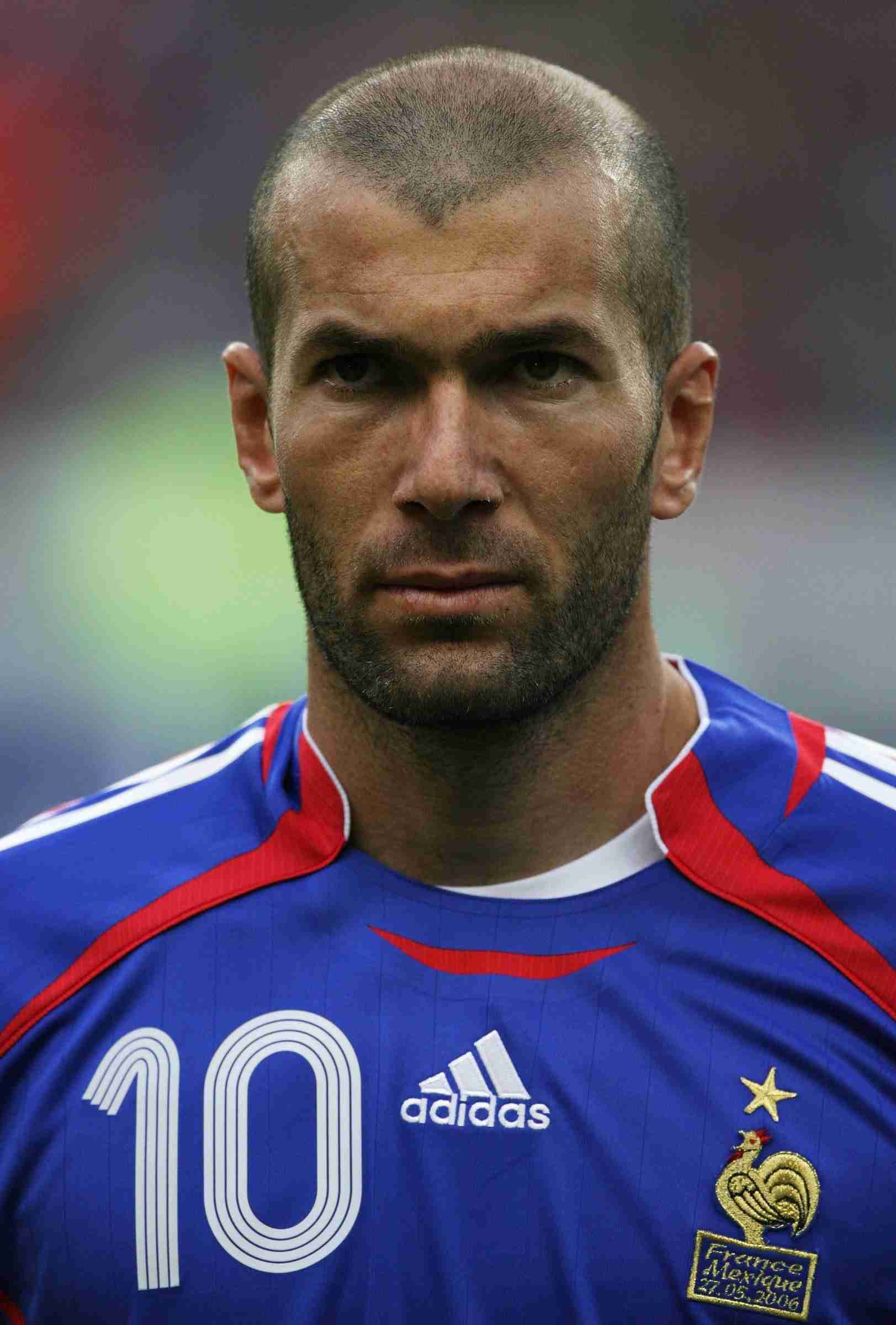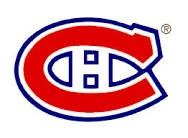
Committee Chairman
Kirk Buchner, "The Committee Chairman", is the owner and operator of the site. Kirk can be contacted at [email protected] .
RIP: Orlando Thomas
Nov 11, 2014
Published in
Not in Hall of Fame News

It is with much sadness that we learned that Orlando Thomas passed away after a battle with ALS, more commonly known as Lou Gehrig’s disease. Thomas played all seven of his National Football League seasons with the Minnesota Vikings, where he played Safety.
Thomas, who was drafted in the Second Round from the University of Louisiana-Lafayette had a very impressive rookie season where he led the National Football League in Interceptions. That was arguably his best season, but he would complete his career with 22 Interceptions and a 457 tackles.
We would like to extend our condolences to the friends and family of Orlando Thomas at this time.
Zinedine Zidane to the Goal HOF
Nov 10, 2014
Published in
Not in Hall of Fame News

The largest soccer website in the world, Goal.com, is unleashing the first five men of their fan voted Hall of Fame. Every day this week, the international web juggernaut will announce one of the men who will enter what we think will be a very respected Hall of Fame.
The first one chosen was former French superstar, Zinedene Zidane.
Zidane was born in Marseille, France to Algerian immigrants in 1972 where he grew up poor. Quickly showing skill for the game, he was scouted by Cannes and was signed by them and would make his professional debut for the team at the age of 16. Even at such a young age, it was clear to the French soccer pundits that they had something special, and he would help take the team to their first ever UEFA Cup appearance and finish fourth in the French league, which to this day is the highest that Cannes has ever finished.
After being transferred to the much larger Bordeaux team, and now playing nationally for France, Zidane became a national star. In 1996, Bordeaux would be the runner up for the UEFA Cup and Zidane would be named the French Ligue 1 Player of the Year.
It was on to even bigger things for “Zizou” as not only France knew they had a star, the rest of Europe knew there was something special about this young and aggressive player and he was signed by Juventus the defending UEFA Champions League winners. He would help take them to the finals again the next two seasons and he would be named the FIFA Player of the Year in 1998.
That would be considered secondary to what he did Internationally as he would take France to the World Cup Finals where the French would win their first World Cup title cementing Zidane as a national hero for the rest of his life.
Zidane would move on to Real Madrid in 2001 and the following season he finally captured the elusive Champions League Final in an exciting contest over Bayer Leverkusen. He would win the FIFA Player of the Year again 2003, which was his third such honor. He would again take the French to the World Cup Final in 2002, but the headbutt heard around to world aided the Italians in winning the championship.
He would retire in 2006, and take his place as the most decorated player in the history of France. Not bad for a kid who was teased for not being “French” enough.
We would like to congratulate Zinedine Zidane for this honor and Goal.com for creating what we think will become very special.
Guy Lapointe's number retired tonight.
Nov 09, 2014
Published in
Not in Hall of Fame News

Tonight will be a special night for Guy Lapointe, the former Defenceman of the Montreal Canadians and current Scout for the Minnesota Wild. At the Bell Center in Montreal, where the Canadians are hosting the Wild, Lapointe’s #5 will be officially hung to the rafters and retired.
The number 5 has already been retired, when in 2006, Bernie “Boom Boom” Geoffrion saw that number retired in his honor, and this is not out of the ordinary in Montreal as the numbers 12 and 16 have also been retired twice; the 12 for both Dickie Moore and Yvon Cournoyer and the 16 for Elmer Lach and Henri Richard.
Lapointe debuted for the Montreal Canadians in 1968 and in a couple of years he would become a stalwart on the Habs blueline. Lapointe was a part of the Canadians’ “Big Three”, which also included Serge Savard and Larry Robinson, easily making this triumvirate the best group of Defencemen in the 1970’s. This was a powerful and well-rounded team and won that would win the Stanley Cup six times.
Lapointe’s defensive acumen was complimented by his offensive skill. He would have 572 Points as a Canadian and would finish in the top five in Norris Trophy voting six times and earn four spots in post season NHL All Star teams. He would enter the Hockey Hall of Fame in 1993.
We would like to congratulate both the Montreal Canadians for adding to their stellar history and Guy Lapointe for adding the final punctuation mark on his career.
Toy Hall of Fame Class Announced
Nov 07, 2014
Published in
Not in Hall of Fame News
As we have mentioned before, we don’t have future plans to do a Notinhalloffame list for the Toy Hall of Fame, we can’t help but be intrigued by what they are doing and the memories they constantly invoke in us.
Today they have announced the three new toys that will be part of the Toy Hall of Fame and represent the Class of 2015.
The Rubik’s Cube, Bubbles, and Little Green Army Men have been named as the new toys that will be honored at the Hall of Fame. The 80’s fad of the Rubik’s Cube has been a finalist for the past five years.
Somehow, we feel the need to go through our basement and find those plastic army men; even the ones that look like they are surrendering. Incidentally, we never could solve that stupid cube!

